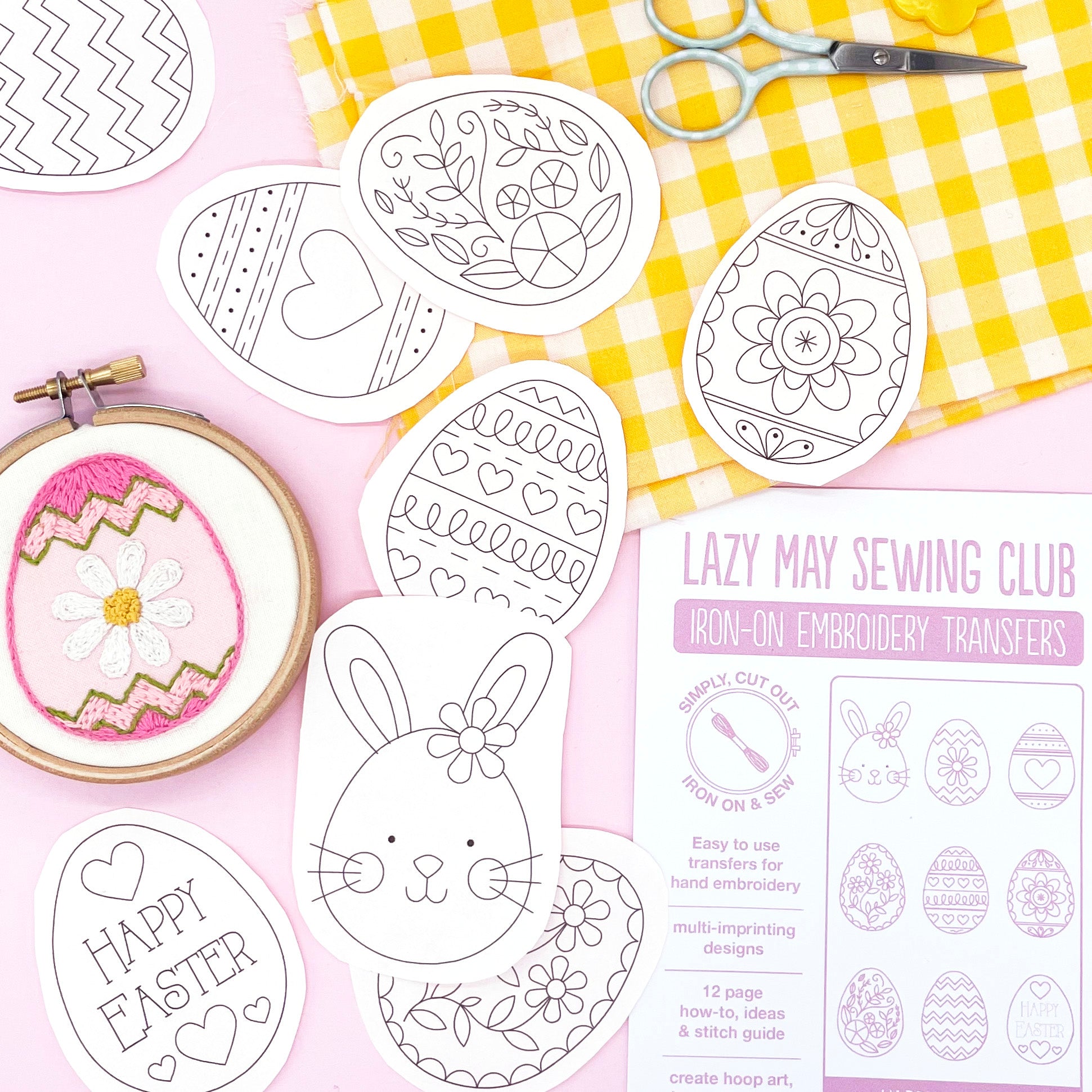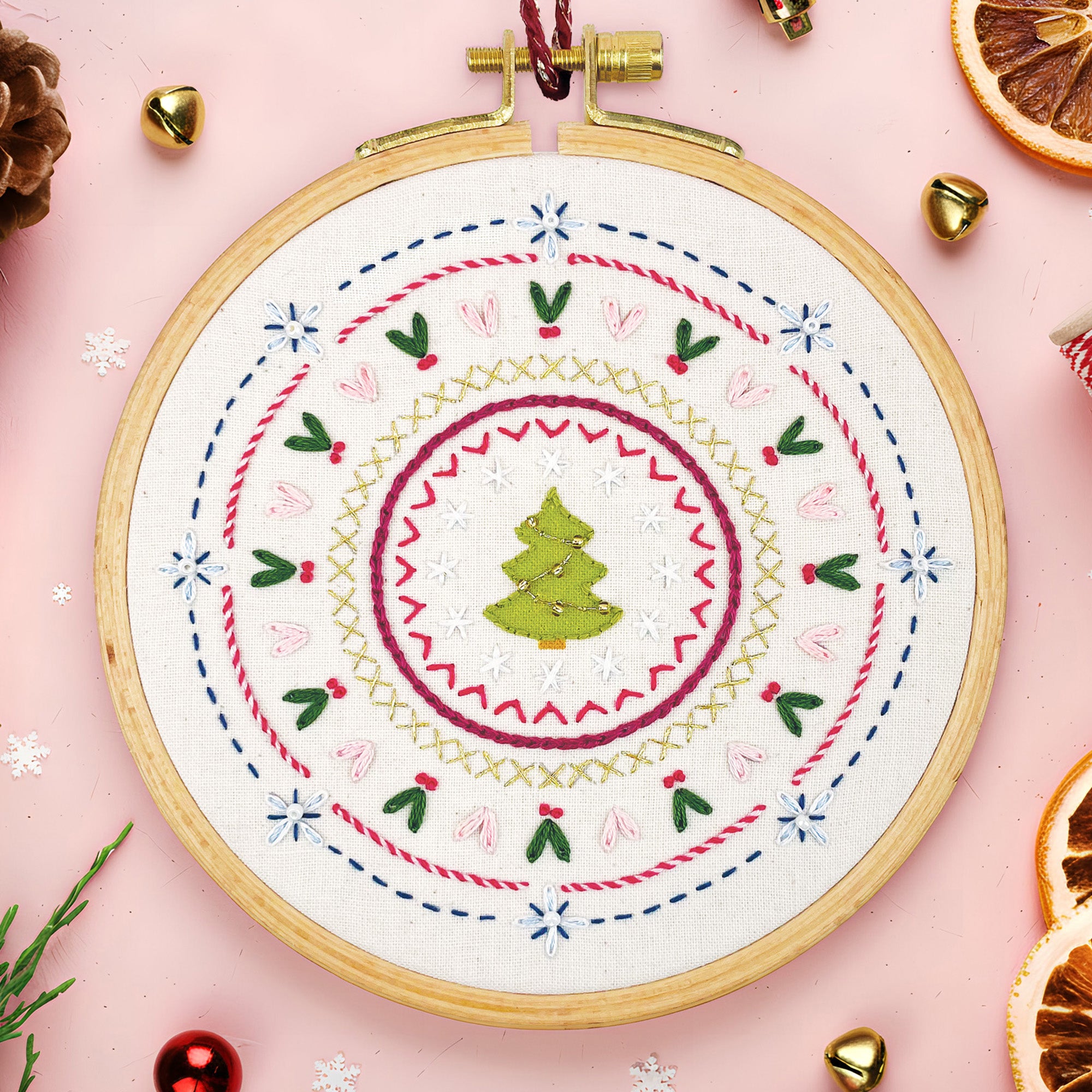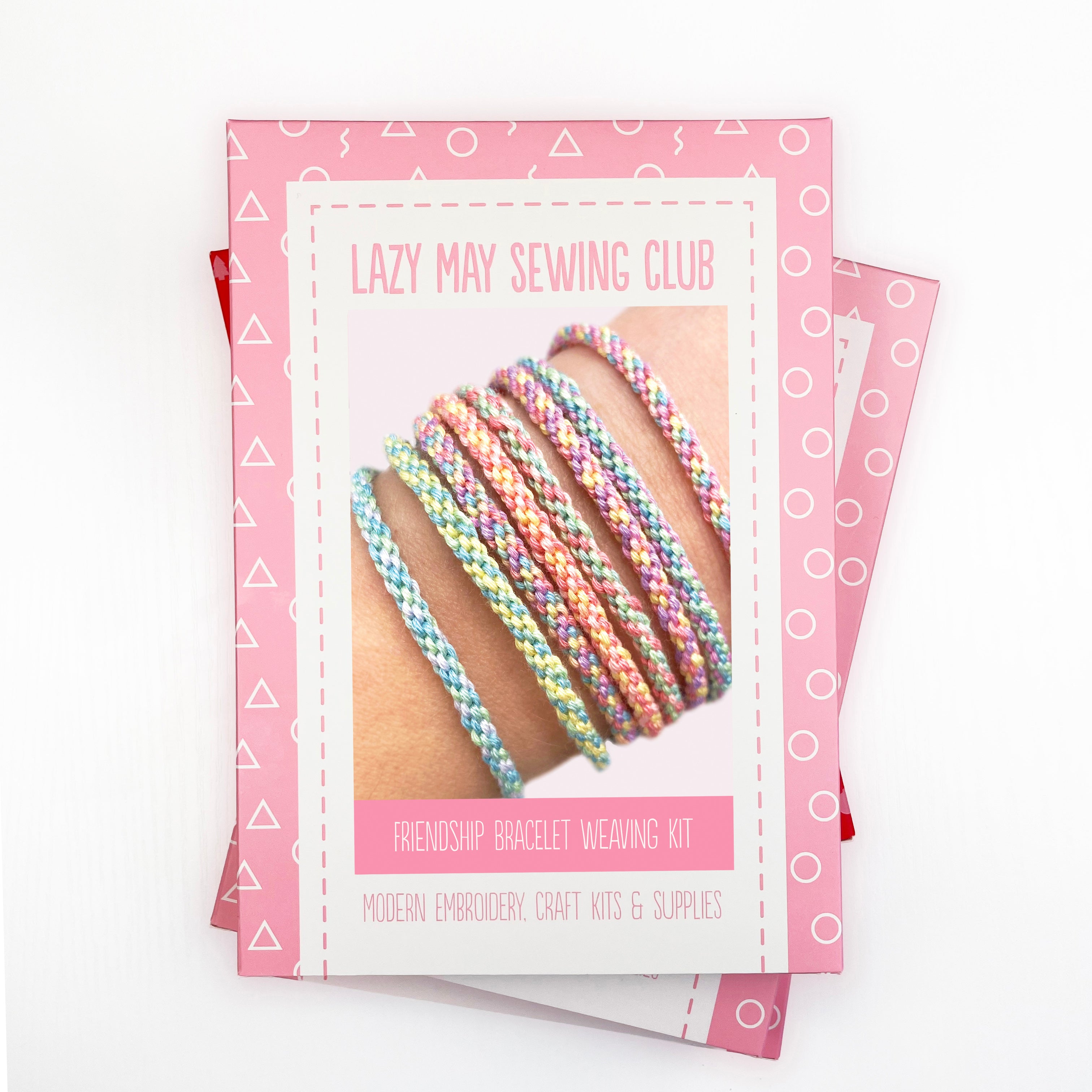How to Do Couching: Easy Step-by-Step Embroidery Guide
A decorative stitch for securing threads to fabric—great for bold lines, curves and textured outlines.
What Is Couching?
Couching is a stitch used to attach one thread or cord onto the surface of the fabric using tiny stitches in a second thread. It's perfect for bold outlines, curves, and using up thicker or textured threads that aren’t easy to stitch with directly.
The idea is simple: lay your main thread on top of the fabric, then tack it down at intervals with small, almost invisible stitches. It’s a great way to add texture and colour, especially in modern or mixed media embroidery.
Once you get the hang of spacing and tension, couching is very relaxing—and opens up lots of creative possibilities.
How to Do Couching (Step-by-Step)

- Step 1: Use your main thread to make a long straight stitch over the surface of the fabric and secure it at both ends.
- Step 2: With a second thread and needle, come up next to the long stitch a short distance from the starting point.
- Step 3: Take your needle over the long thread and insert it just on the other side, making a small horizontal stitch that holds the thread down.
- Step 4: Repeat this process evenly along the line to secure it in place.
Hope you’ve enjoyed learning couching.
While you’re here, why not check out my beginner-friendly embroidery kits and patterns?
Tips for Couching
- Use a blunt or tapestry needle when couching to avoid catching your main thread.
- Try experimenting with thick or textured threads for a bold visual effect.
- Keep the couching stitches evenly spaced for a clean finish—or vary them for a looser, more organic look.





